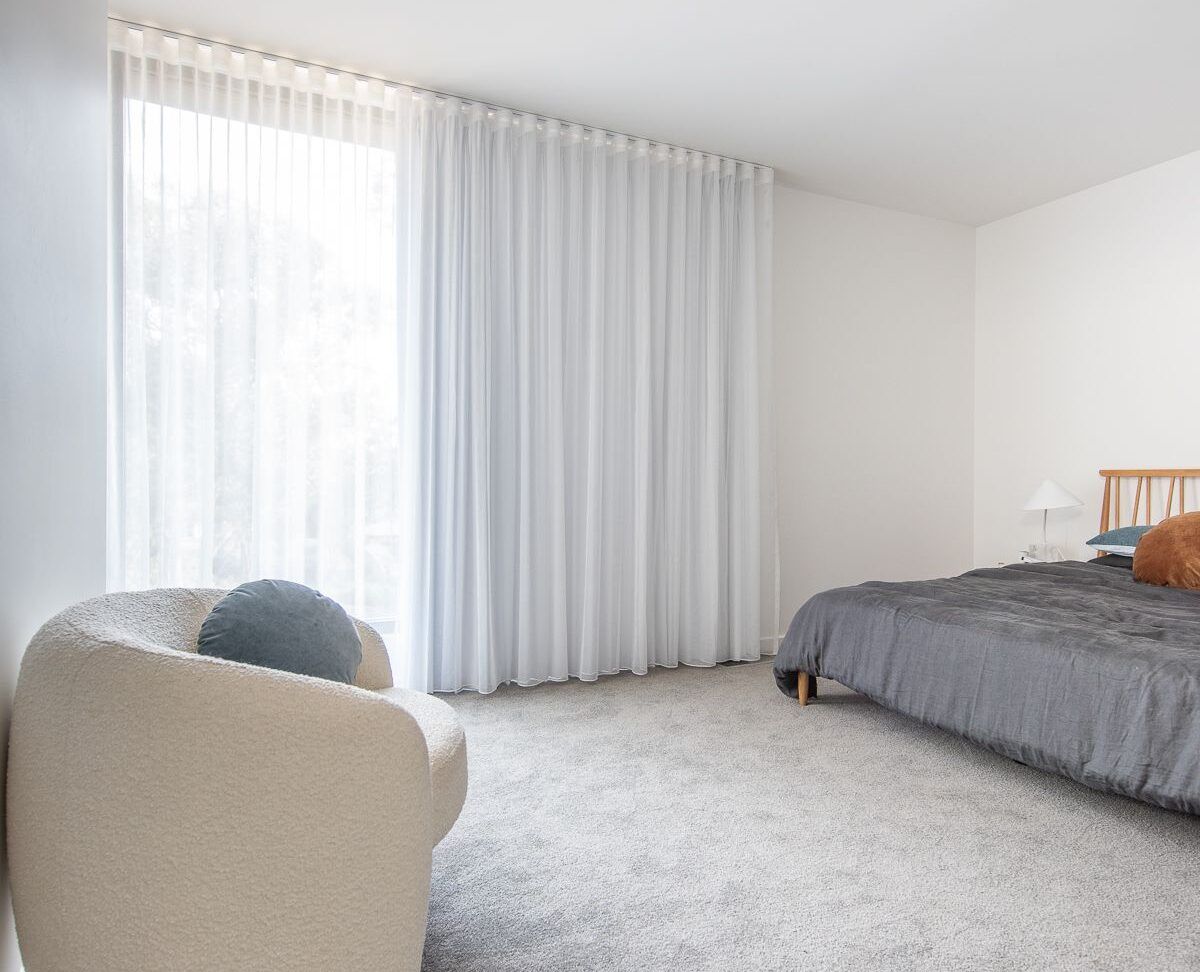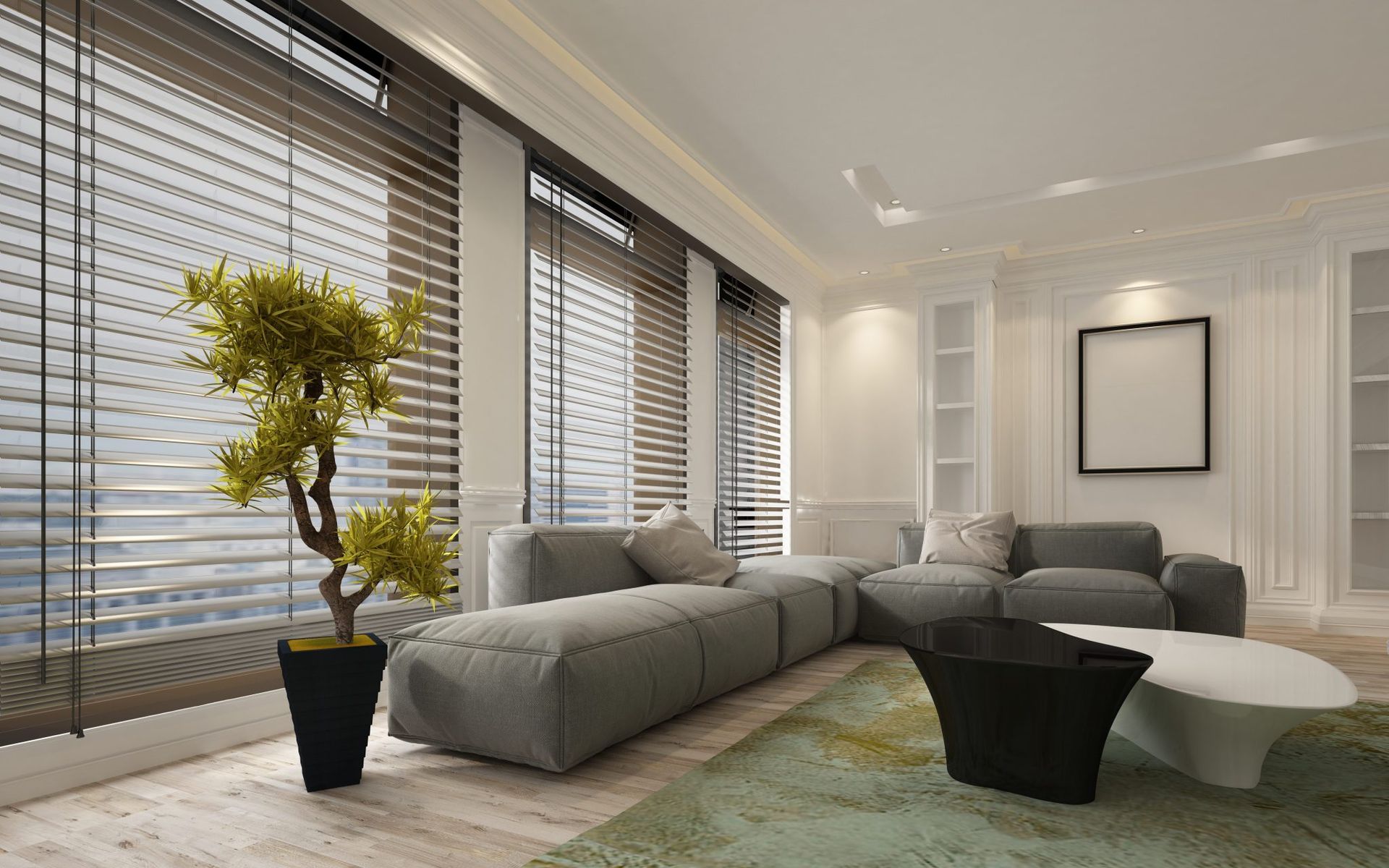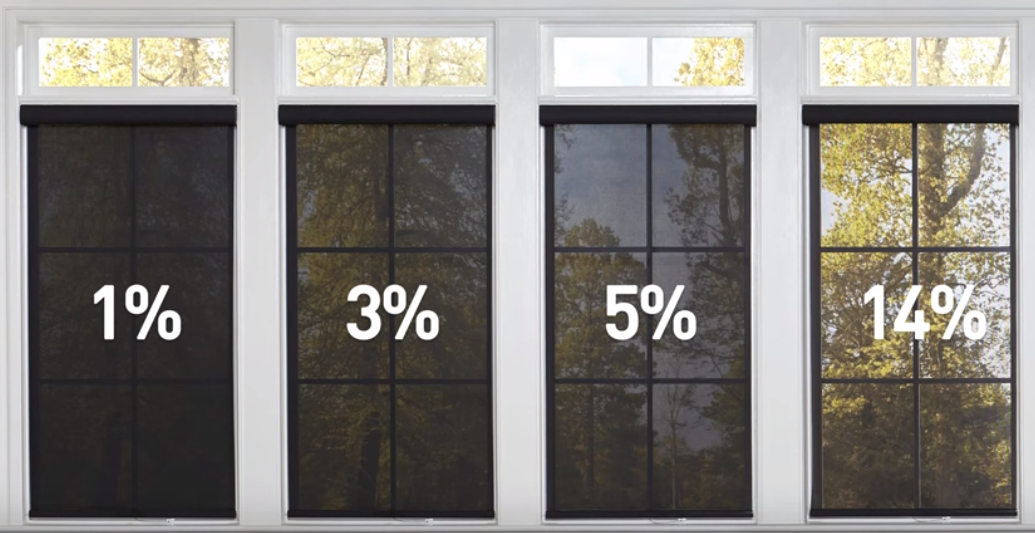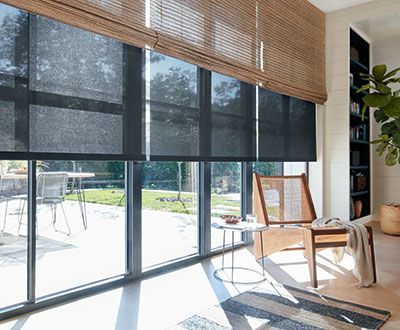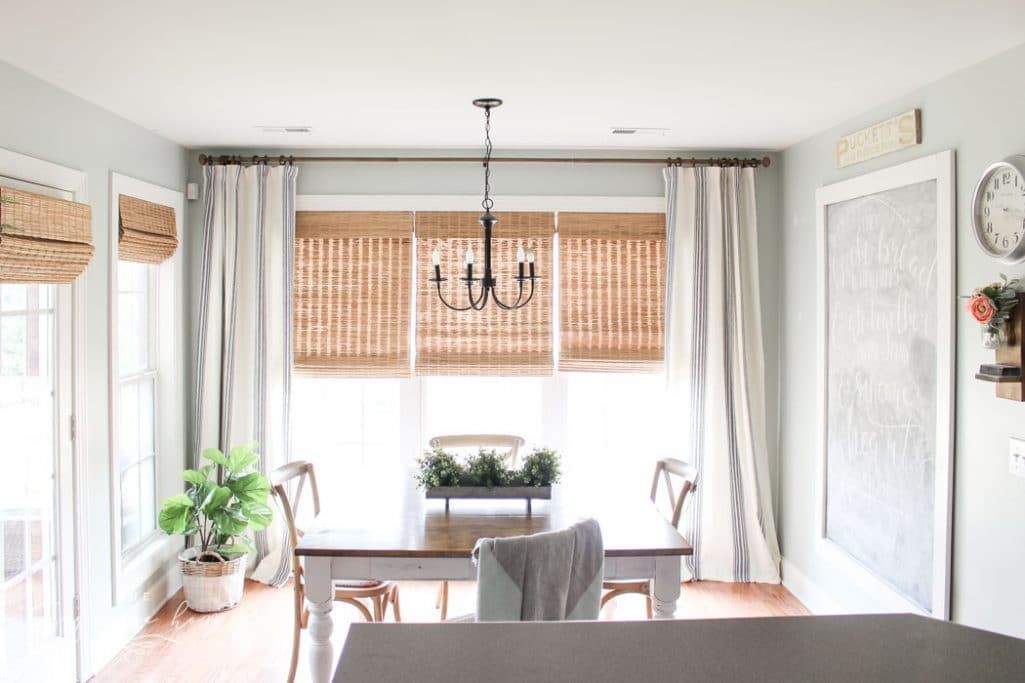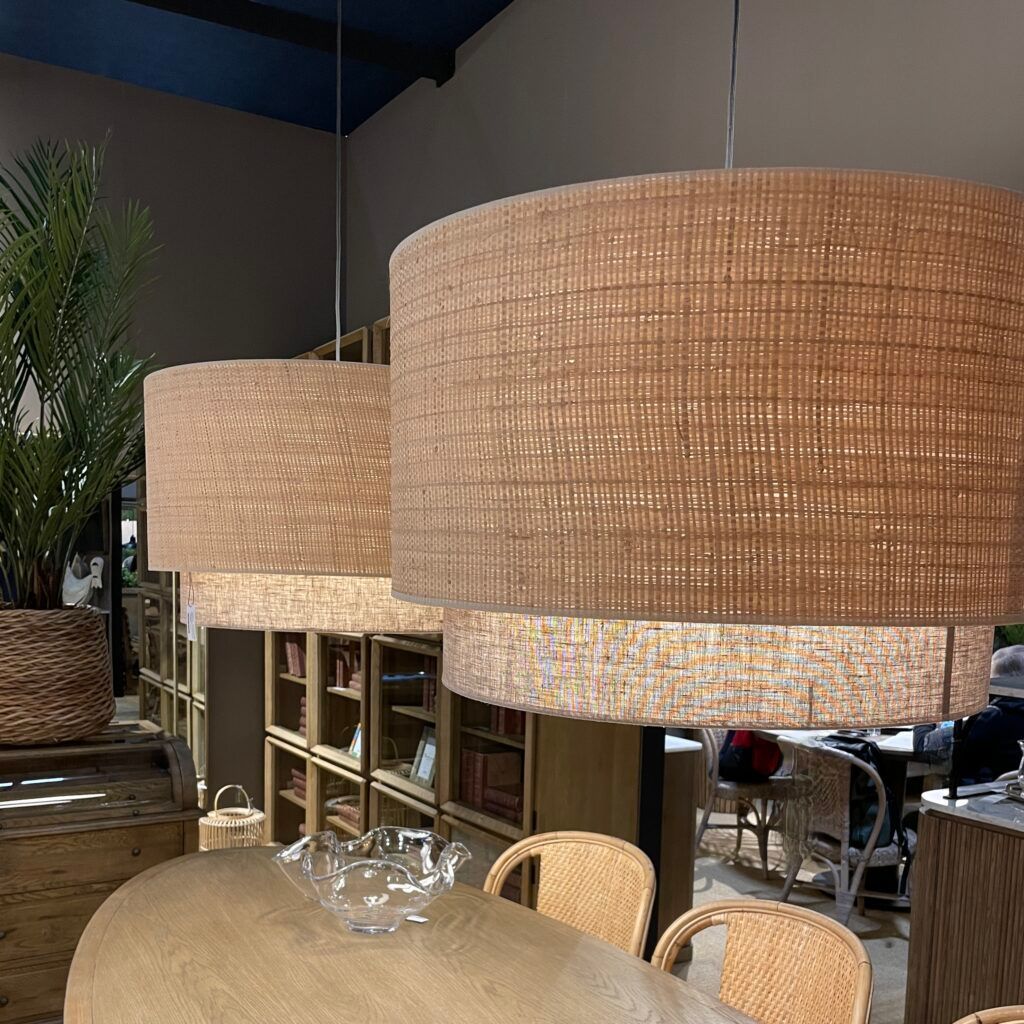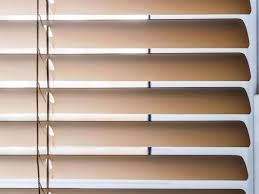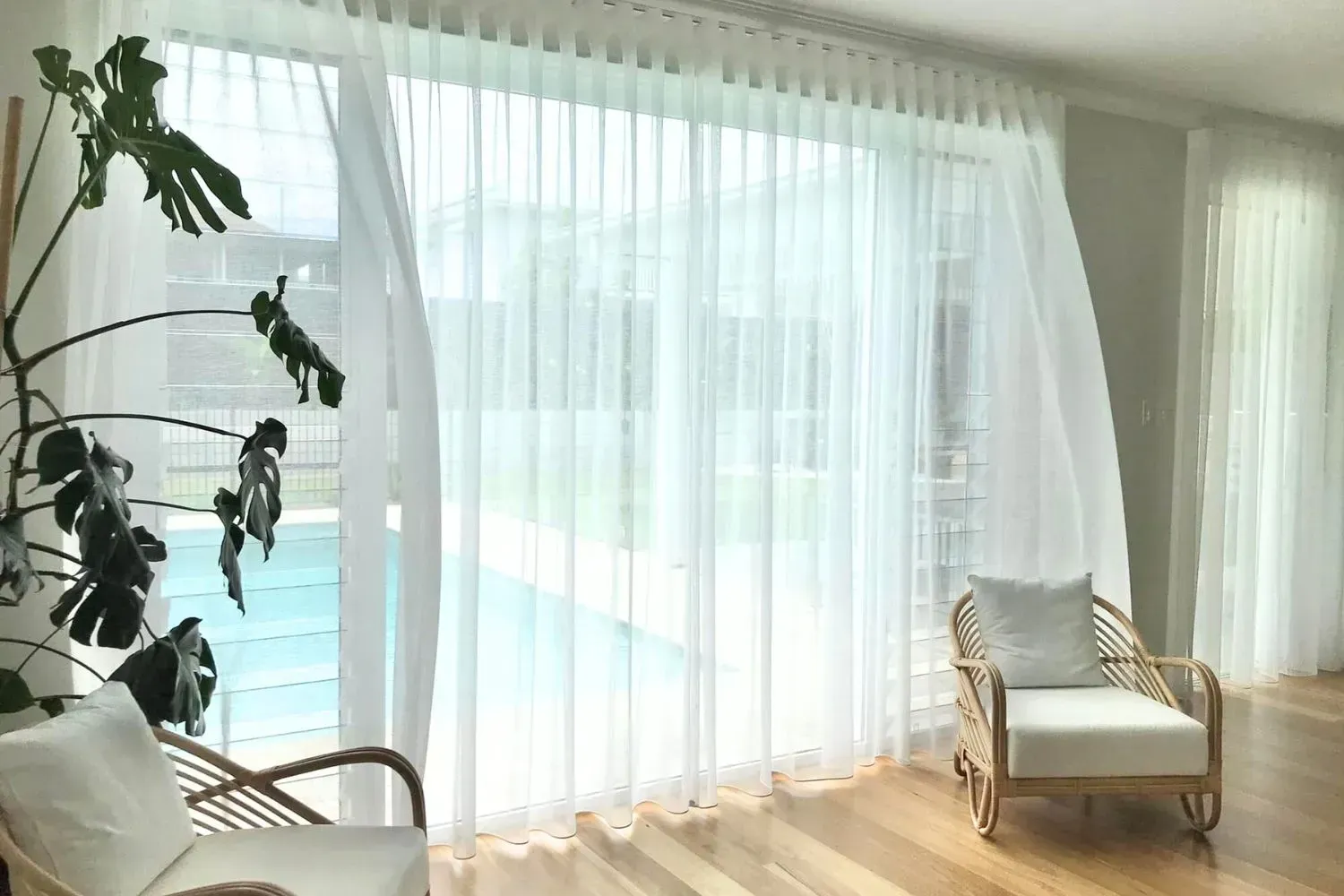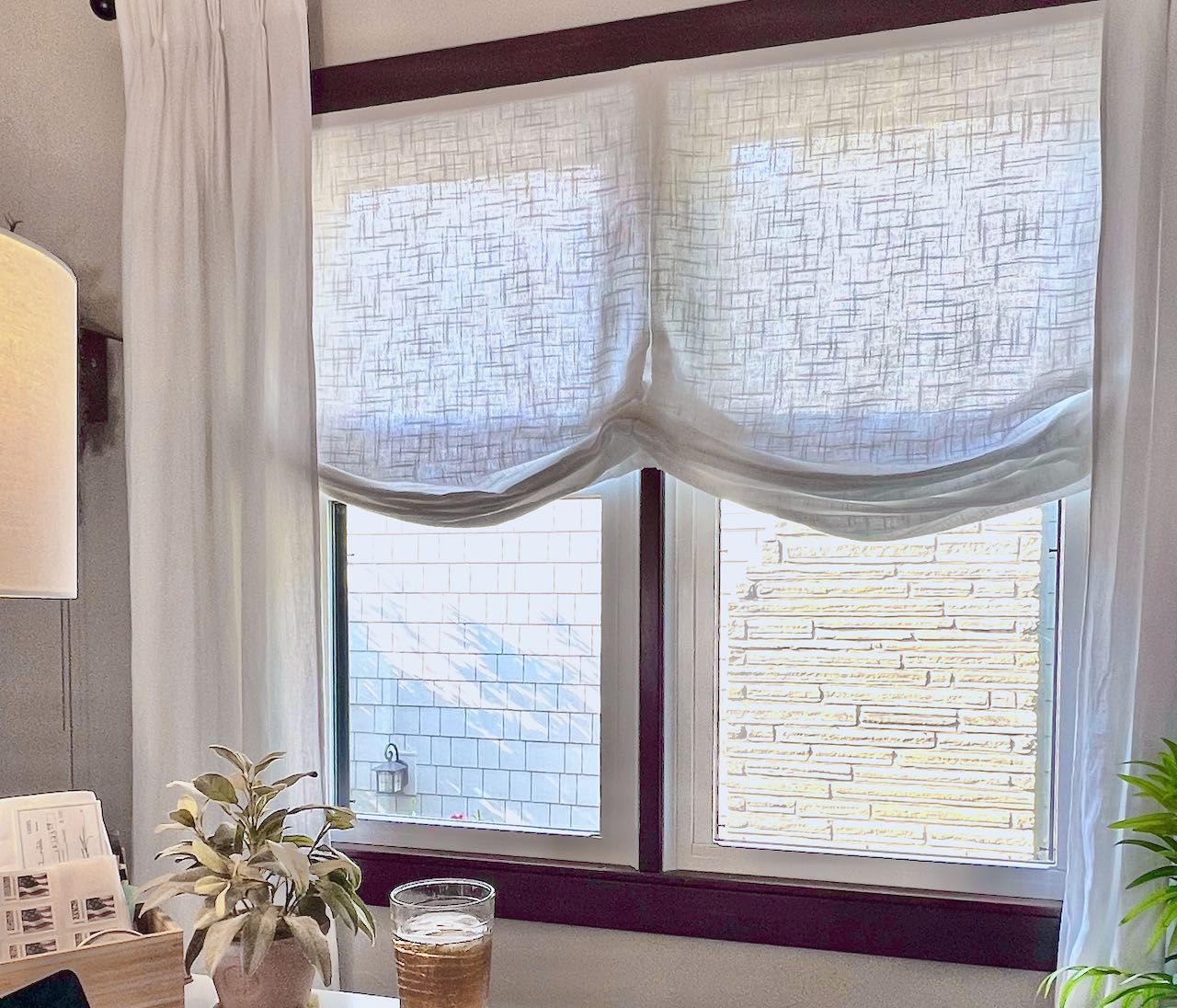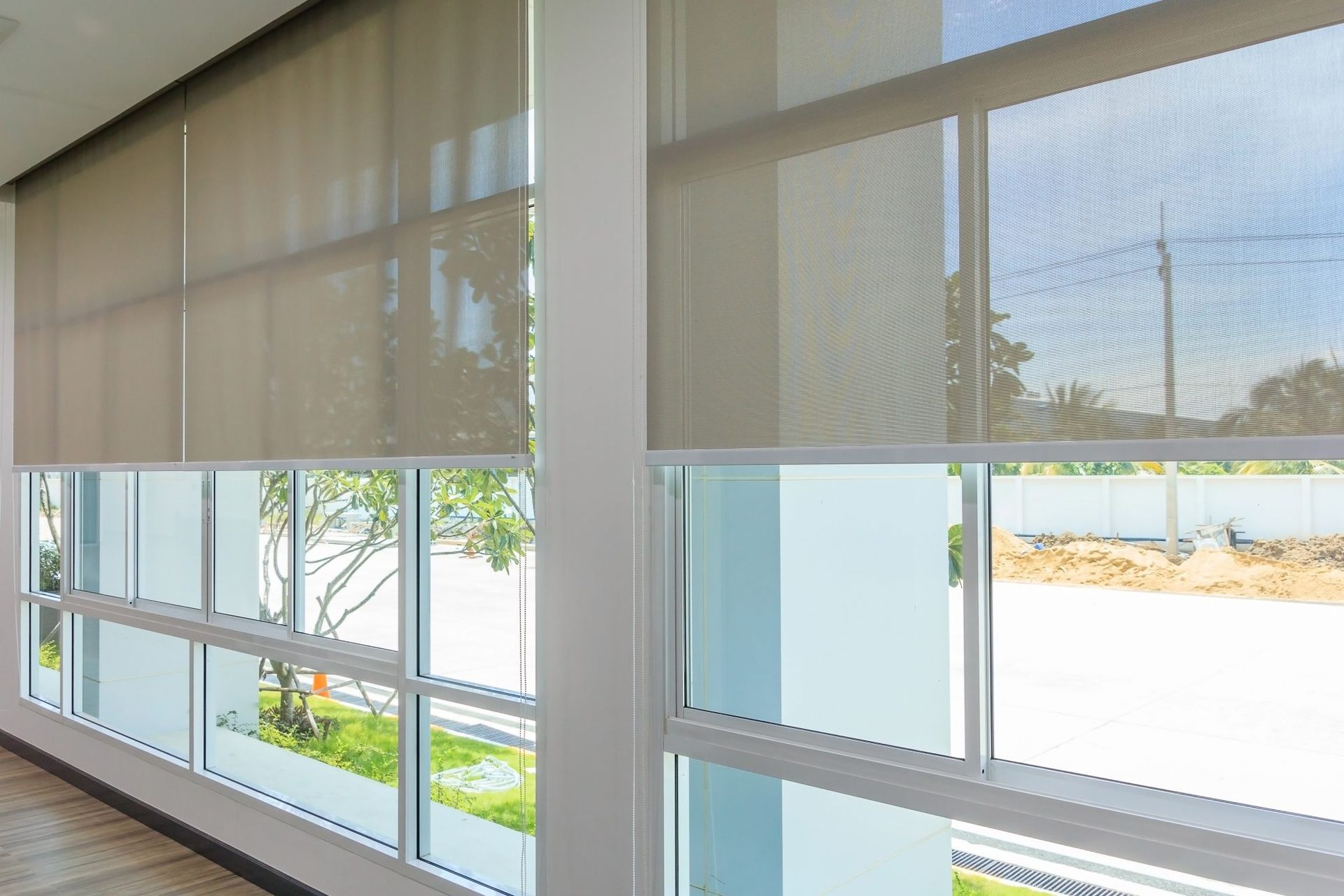Differences Between Window Blinds and Window Shades
The primary difference between window blinds and window shades lies in their construction and operation. Window blinds are made up of individual slats, often called louvers, that can be tilted to adjust the amount of light and privacy. Window shades, on the other hand, consist of a single piece of fabric that rolls up or down to control light levels. This basic difference sets the foundation for their varying functionalities and visual impacts.
Blinds and Shades Comparison
When considering window blinds vs. window shades, it’s important to note their differences in construction:
Blinds
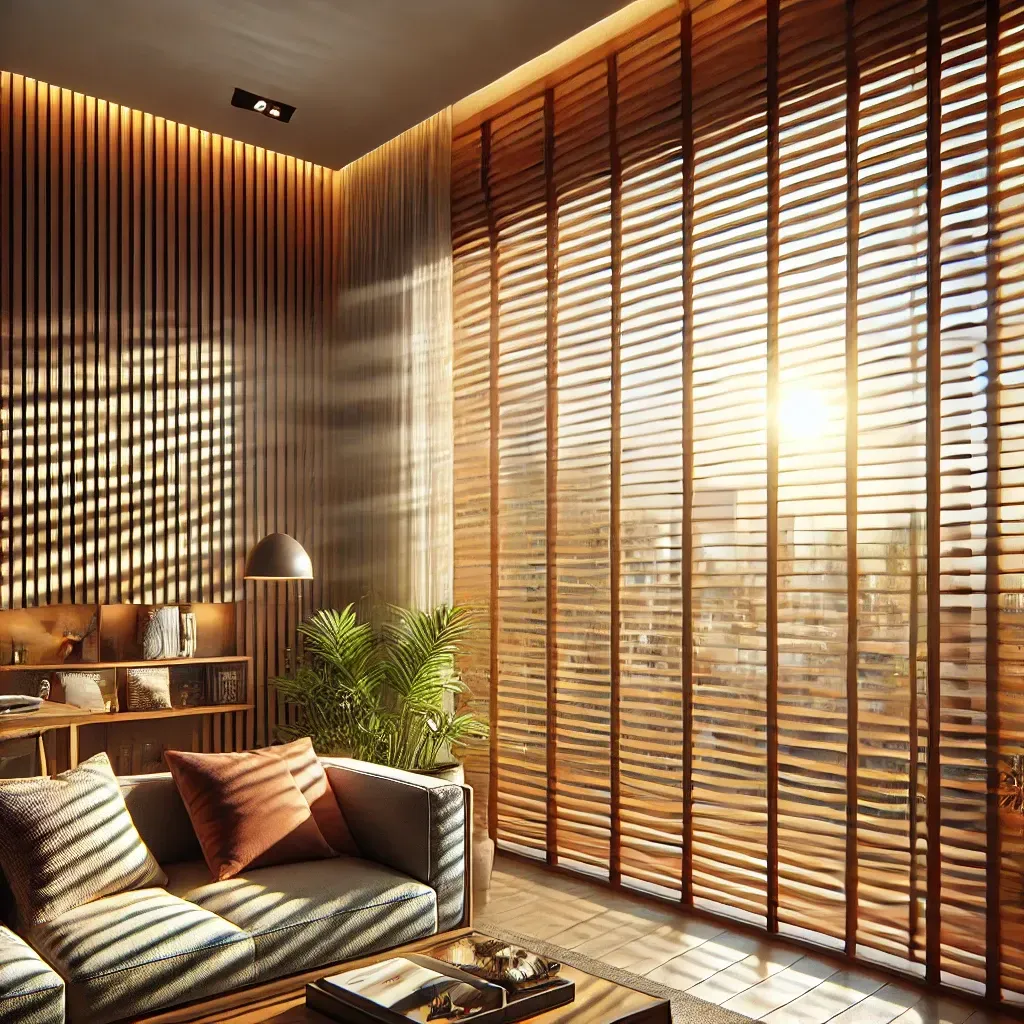
Blinds are typically composed of horizontal or vertical slats made from materials such as wood, faux wood, aluminum, bamboo, or vinyl. These slats can be tilted to allow varying amounts of light and visibility, making blinds a versatile choice for managing sunlight and privacy. If your blinds are too long for your windows, you may need to shorten your blinds to ensure a perfect fit and smooth operation.
Shades
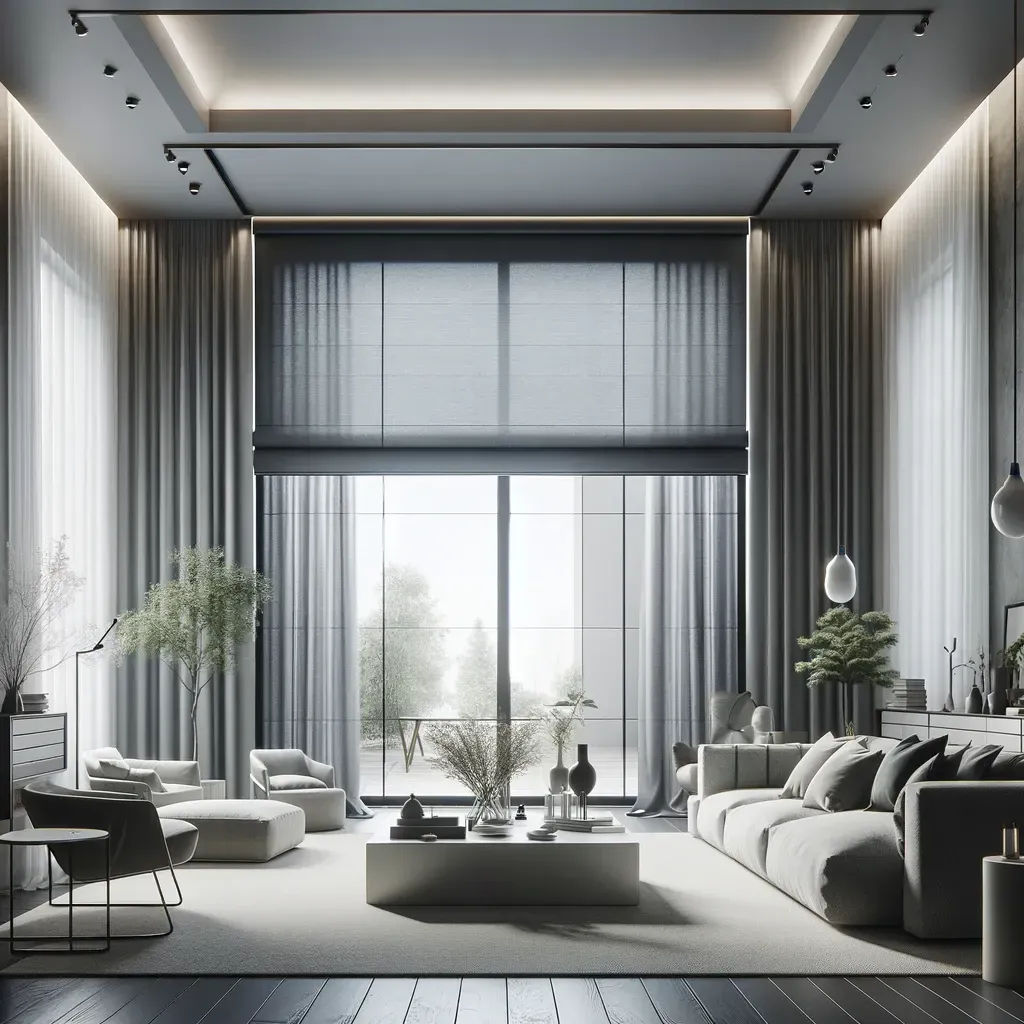
In contrast, shades are constructed from a single, continuous piece of fabric. This gives them a sleek, modern appearance, but they lack the adjustability of blinds. Shades can only be rolled up or down, offering either full coverage or full exposure.
Blinds Versus Shades: Cleaning and Maintenance
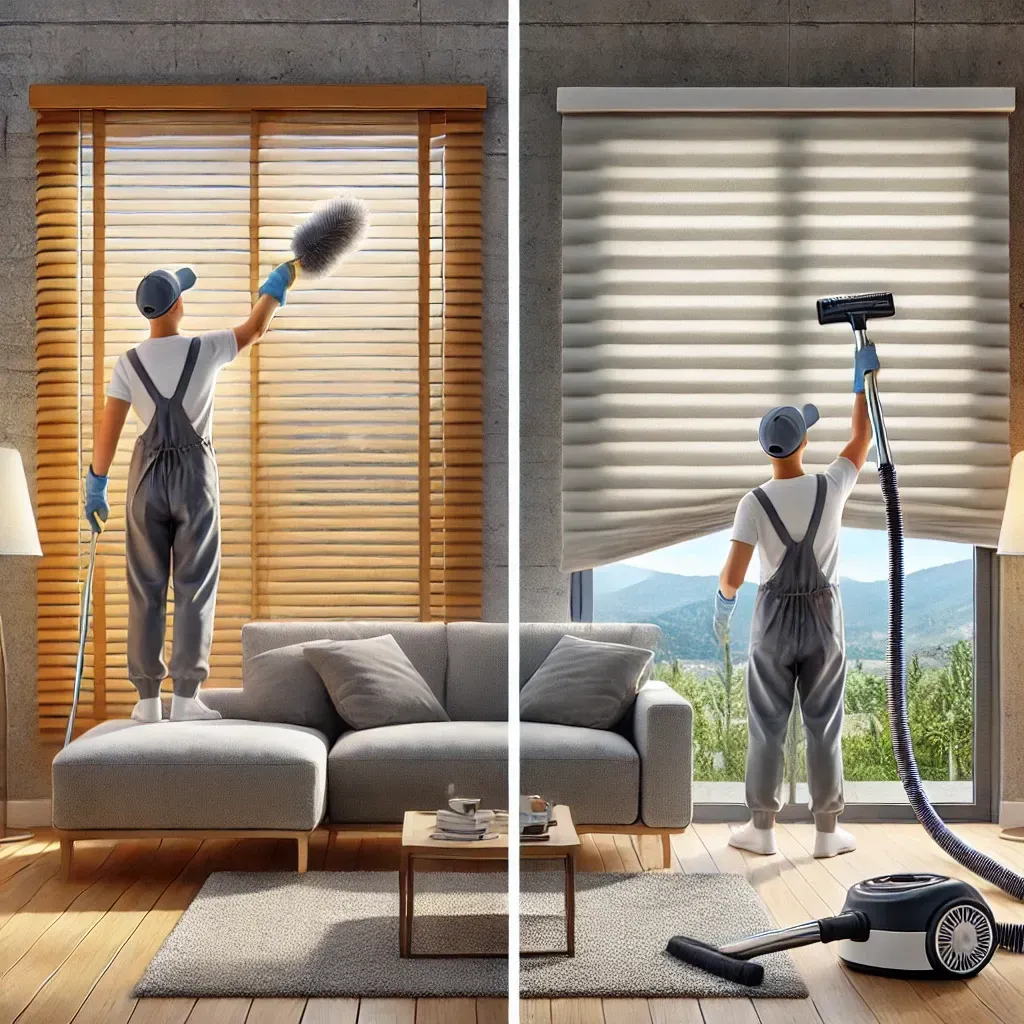
Blinds and shades also differ when it comes to cleaning and maintenance. Blinds are generally easier to clean; you can wipe them down with a microfiber duster or an all-purpose cleaner. Shades, however, may require fabric-specific cleaning solutions or a vacuum with a brush attachment to maintain their appearance. This distinction is particularly important for homeowners looking for low-maintenance options.
Aesthetic Differences: Classic vs. Streamlined
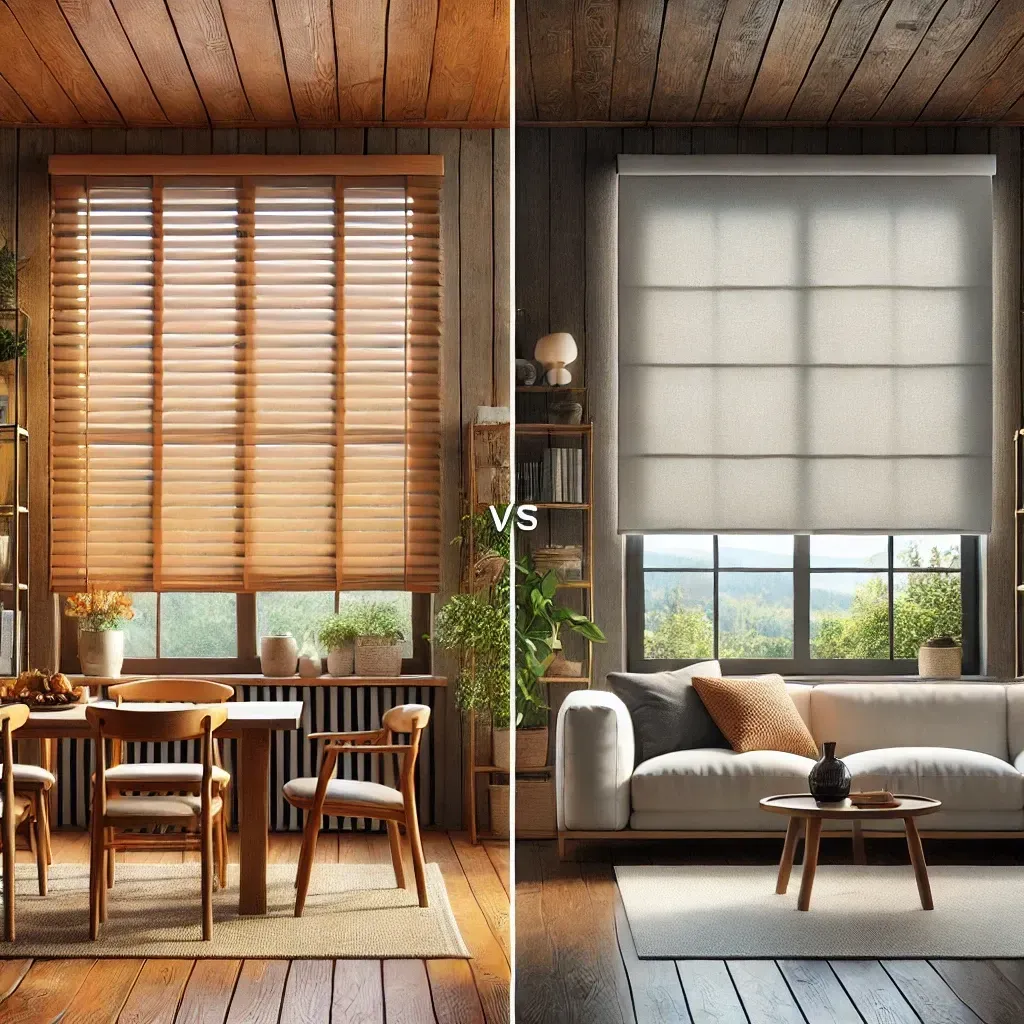
The aesthetic appeal of blinds and shades also varies. Blinds offer a more classic and traditional look, often suitable for spaces that seek a timeless or rustic charm. Shades, with their smooth, single-piece design, create a clean, modern, and streamlined appearance, perfect for contemporary interiors. This variation in style means that the choice between blinds and shades often depends on your overall interior design goals.
Benefits of Window Blinds and Shades
Light Control Blinds and Shades
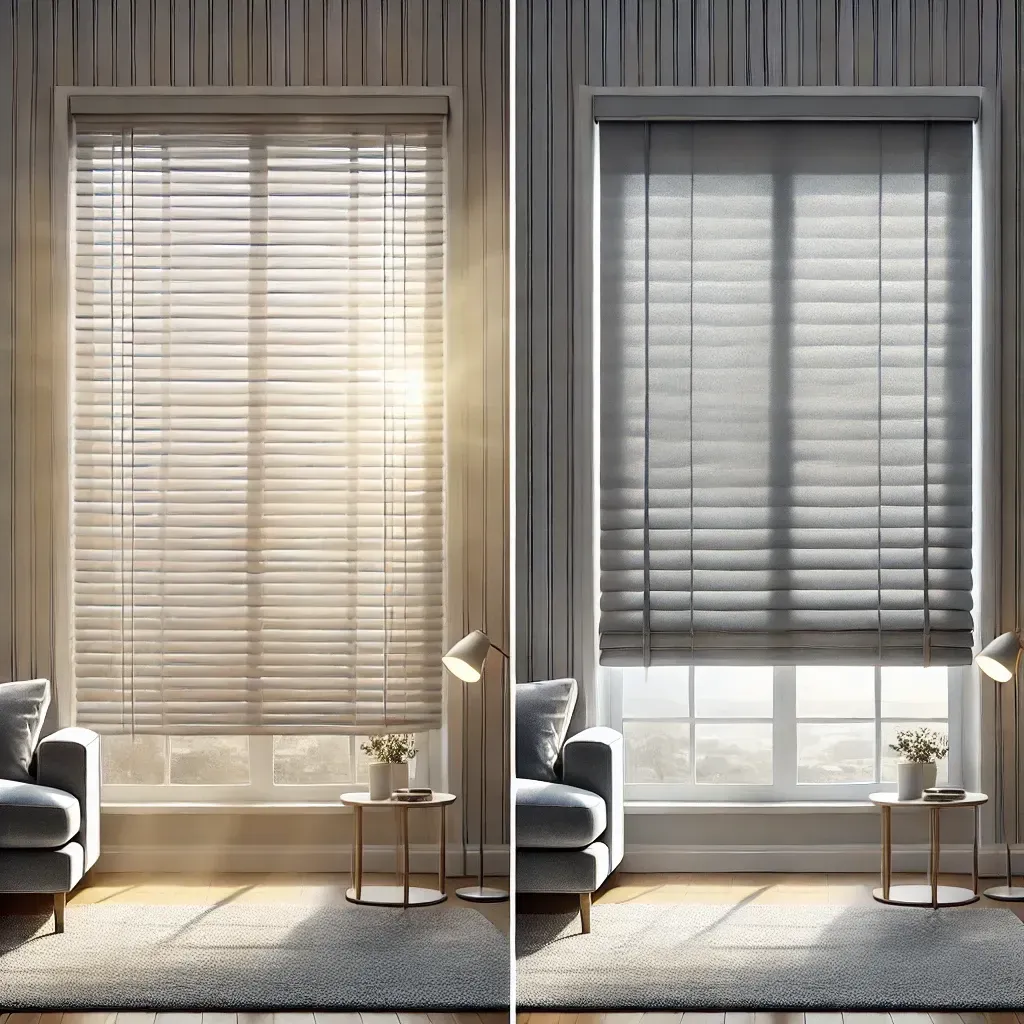
When choosing
window treatments, flexibility in controlling light is a critical consideration.
Blinds provide more precise light control due to their adjustable slats. You can tilt them at different angles, allowing for partial sunlight, full illumination, or total privacy, depending on the time of day and your needs.
Shades, however, are less flexible as they only offer two positions—up or down. If you prefer a simple, minimalist approach, shades might be suitable, but for precise light management, blinds are often the better choice.
Privacy Window Solutions: Blinds and Shades for Privacy
Blinds
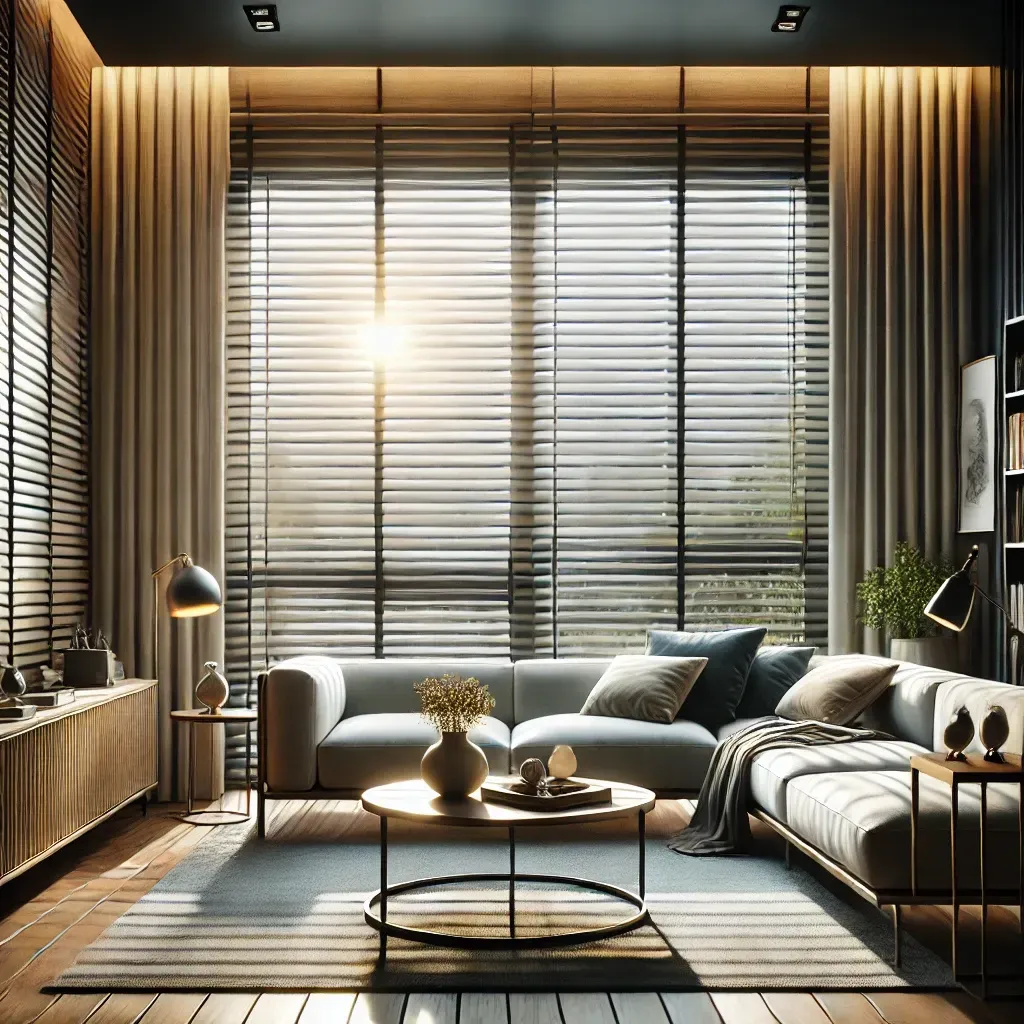
Because of their adjustable slats, blinds allow you to obscure visibility while still letting in light. This makes them ideal for rooms like living rooms or offices where you want to maintain a view while controlling privacy levels.
Shades
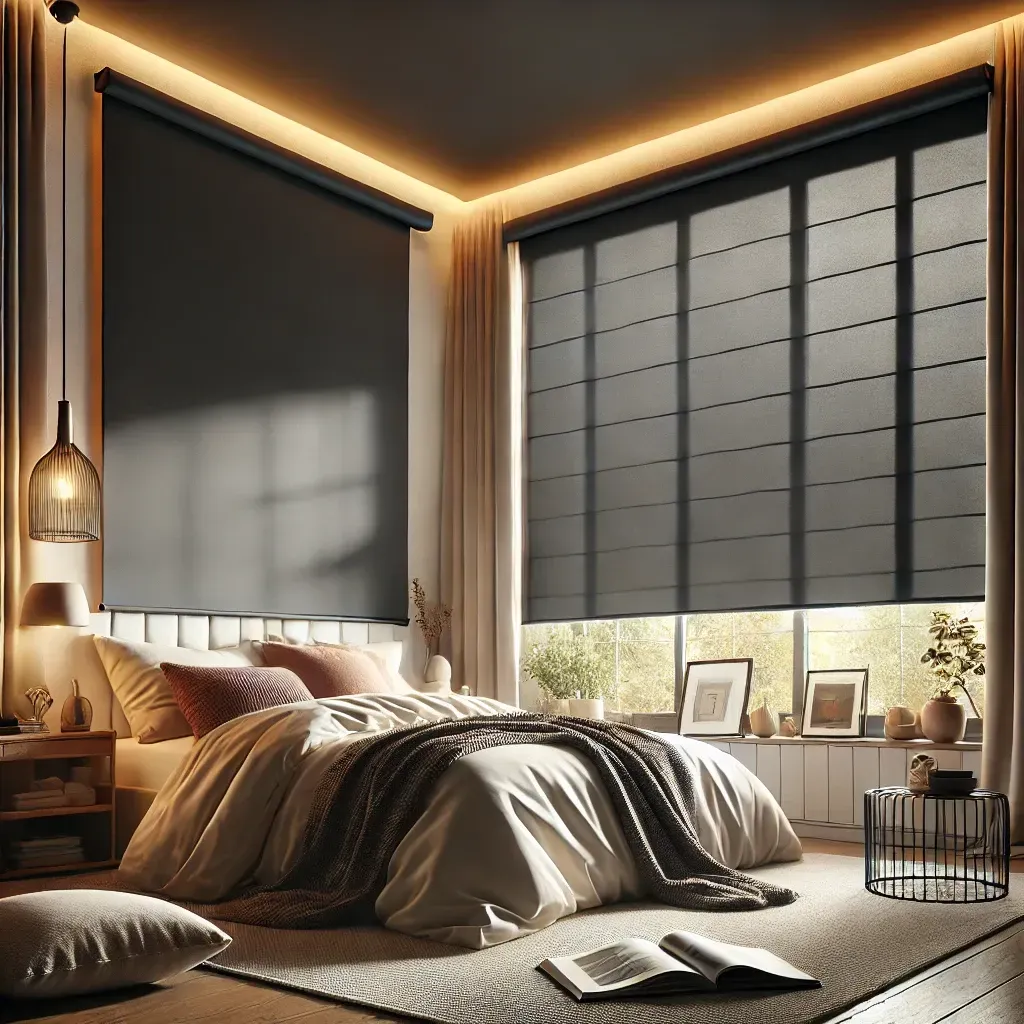
Shades, especially those made from opaque materials or blackout fabrics, provide complete privacy when fully lowered. This can be beneficial for bedrooms or bathrooms where maximum privacy is essential.
Insulation and Energy Efficiency
Shades, particularly cellular or honeycomb styles, excel at insulating windows and improving energy efficiency. These shades trap air within their structure, acting as a barrier between the window and the room, helping to maintain a consistent indoor temperature. This feature is especially valuable in extreme climates where energy costs are a concern.
Styles and Material Options for Blinds and Shades
The variety in blinds and shades extends to the styles and materials available. Here’s a quick overview:
Blinds
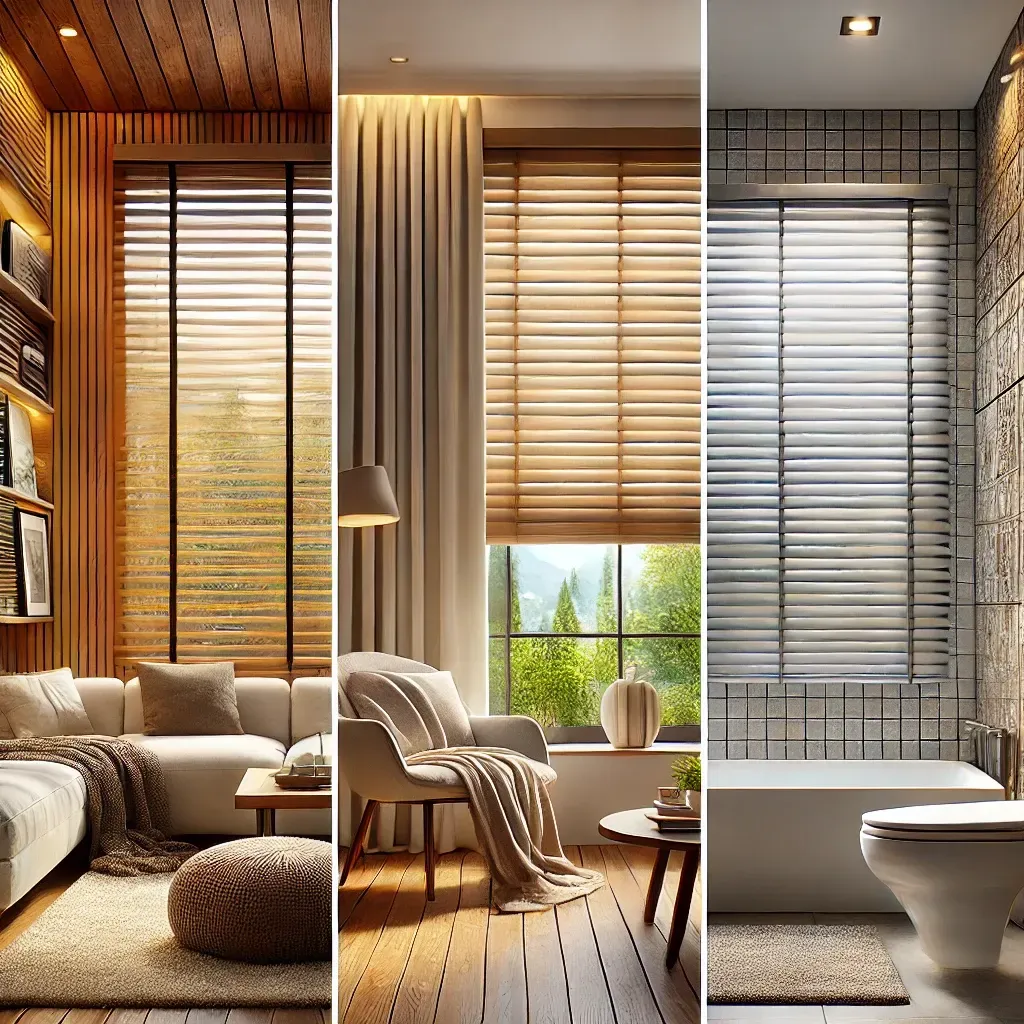
These can be made from materials like wood, faux wood, aluminum, bamboo, or vinyl. Each material offers unique advantages. For example, wood blinds provide a warm, natural look, while aluminum blinds are more affordable and practical for humid areas like bathrooms.
Shades
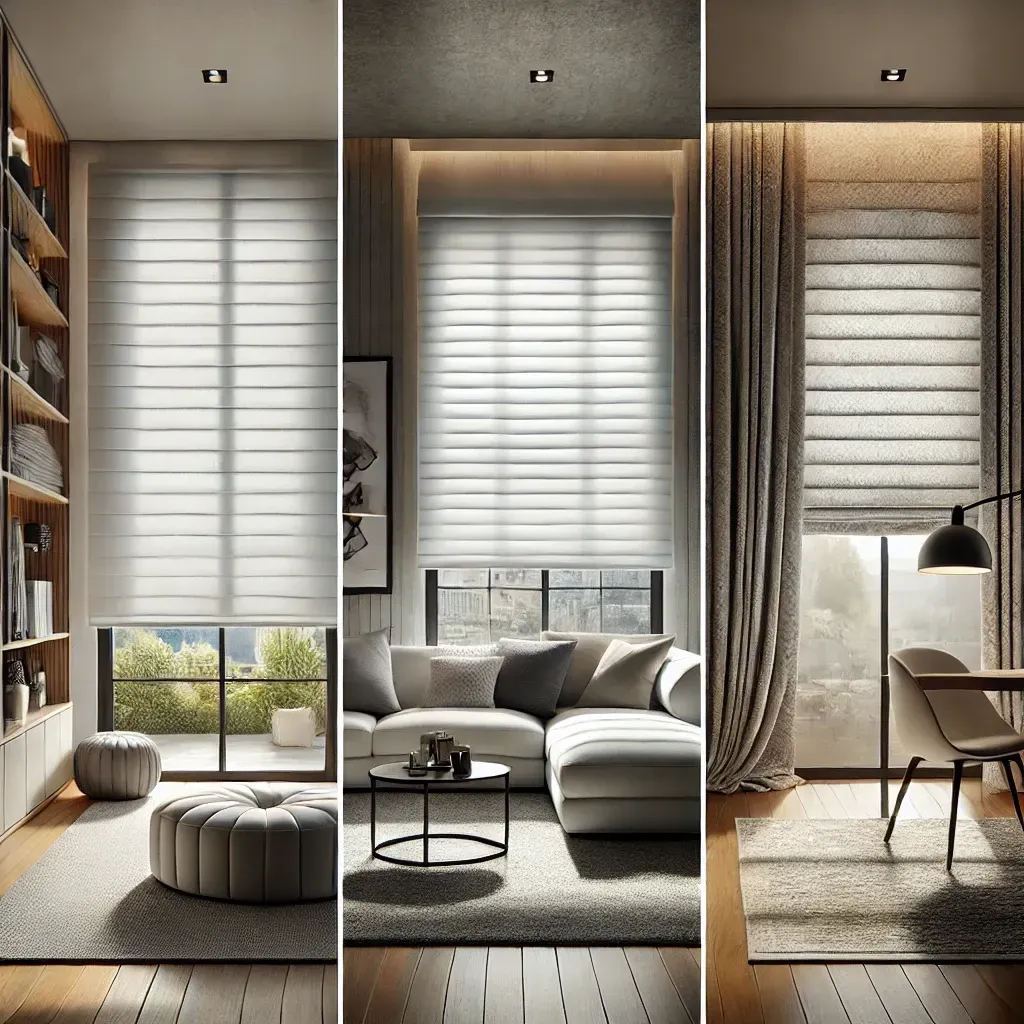
Shades come in various forms, including
cellular shades,
roller shades, and roman shades. Each style serves a different purpose:
- Cellular Shades: Known for their insulating properties and energy efficiency.
- Roller Shades: Simple and sleek, perfect for modern aesthetics.
- Roman Shades: Elegant and often made from luxurious fabrics, adding a touch of sophistication.
Pros and Cons of Window Blinds and Shades
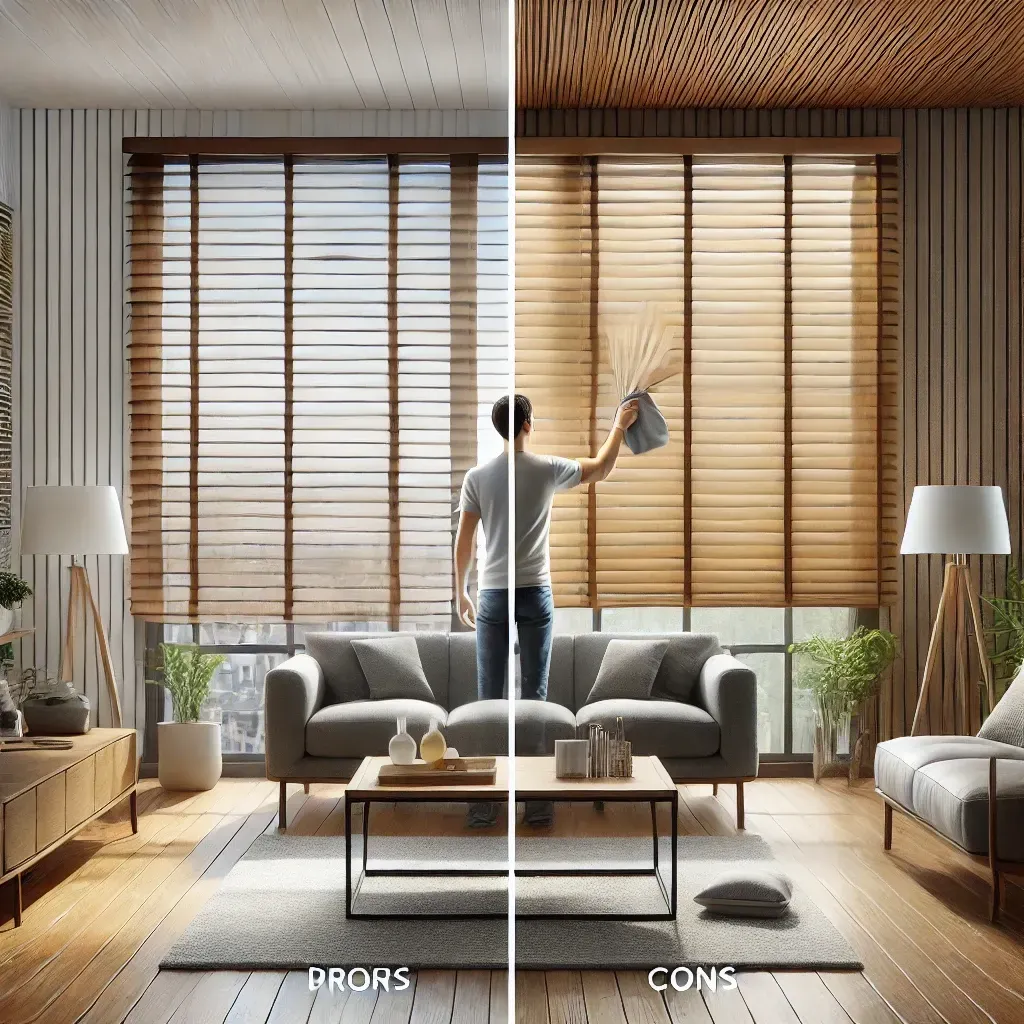
Blinds Pros
- Highly adjustable for light control and privacy.
- Easy to clean and maintain.
- Available in a wide range of materials and styles.
Blinds Cons
- Can be less effective for insulation compared to shades.
- May appear too traditional for modern interiors.
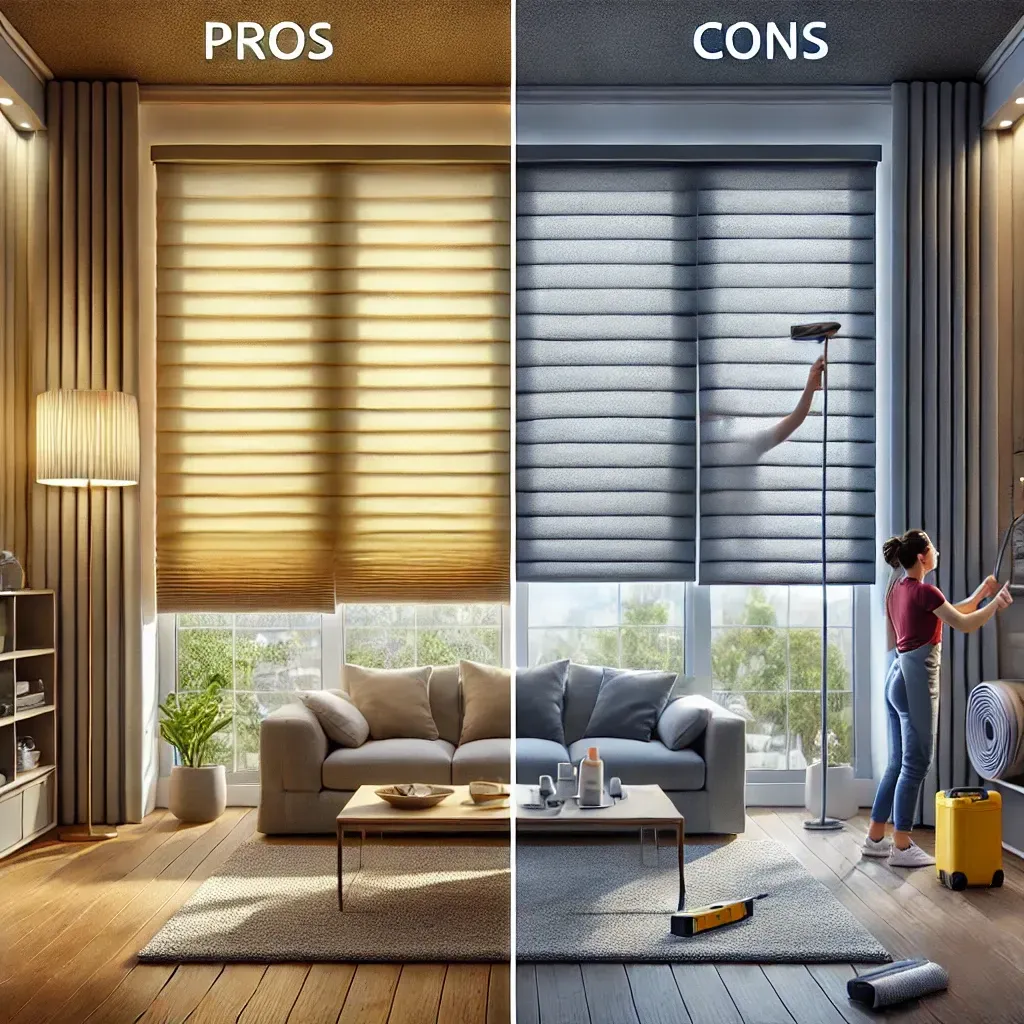
Shades Pros
- Excellent for insulation, improving energy efficiency.
- Clean, streamlined appearance suitable for contemporary spaces.
- Various styles, like blackout or light-filtering, to match different needs.
Shades Cons
- Limited adjustability in light control.
- Often require more maintenance and specific cleaning methods.
Cost Comparison Between Blinds and Shades
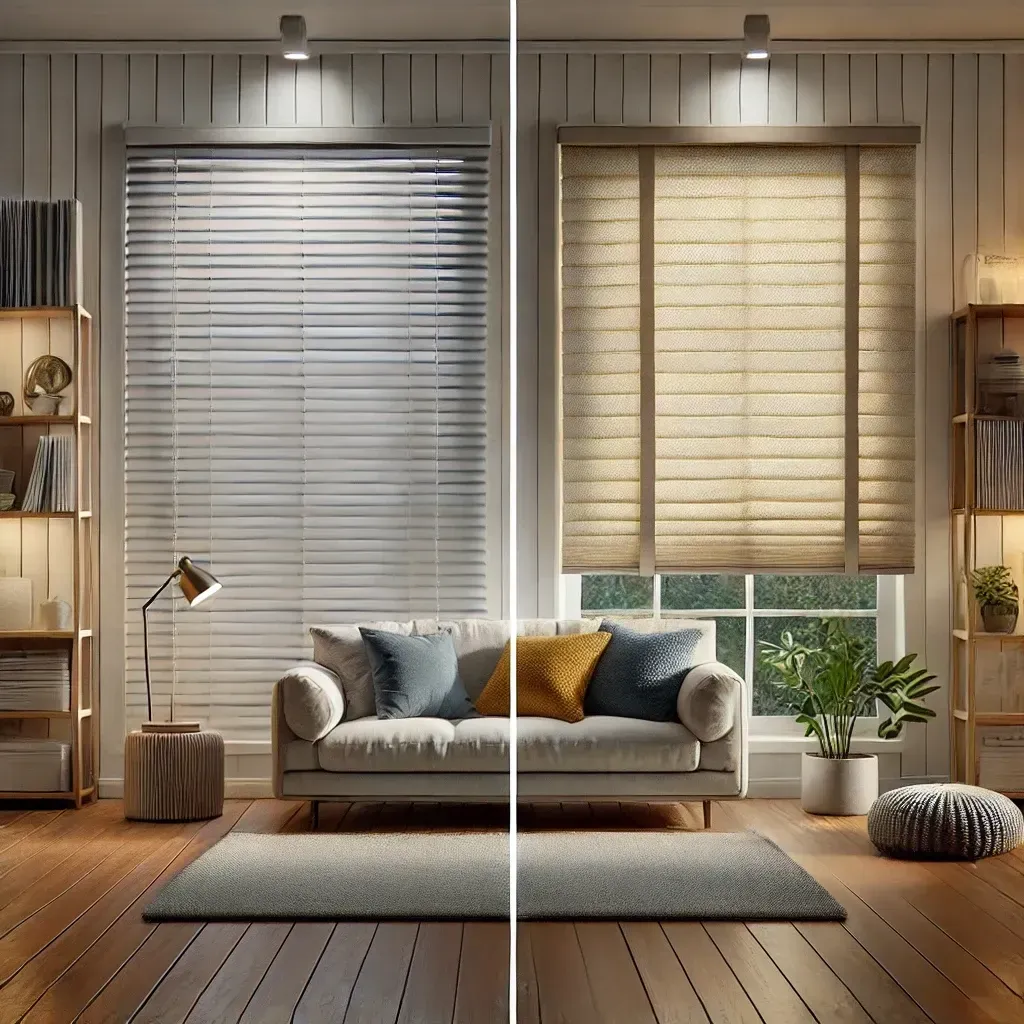
Cost is often a significant factor when deciding between window blinds and shades. Blinds, especially those made from aluminum or vinyl, typically range from
$30 to $100 per window, making them a more affordable and versatile solution for budget-conscious homeowners.
Shades, particularly custom or
energy-efficient options like cellular shades, can cost anywhere from
$50 to $200 per window, depending on the material and customization options. While shades tend to be more expensive, they offer additional benefits like insulation and style variety, which may lead to long-term savings on energy bills.
Conclusion
Choosing the right window treatment comes down to understanding your needs for light control, privacy, insulation, and aesthetics. Window blinds and shades each offer unique advantages and drawbacks, making them suitable for different spaces and purposes. By considering the practical differences, cleaning requirements, material options, and cost implications, you can make a choice that enhances both the functionality and style of your space.

